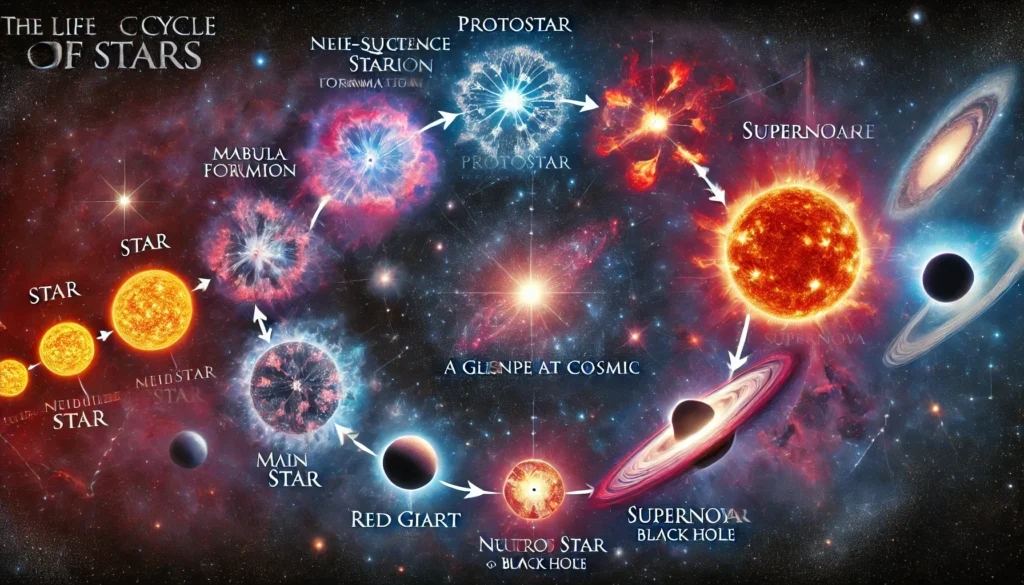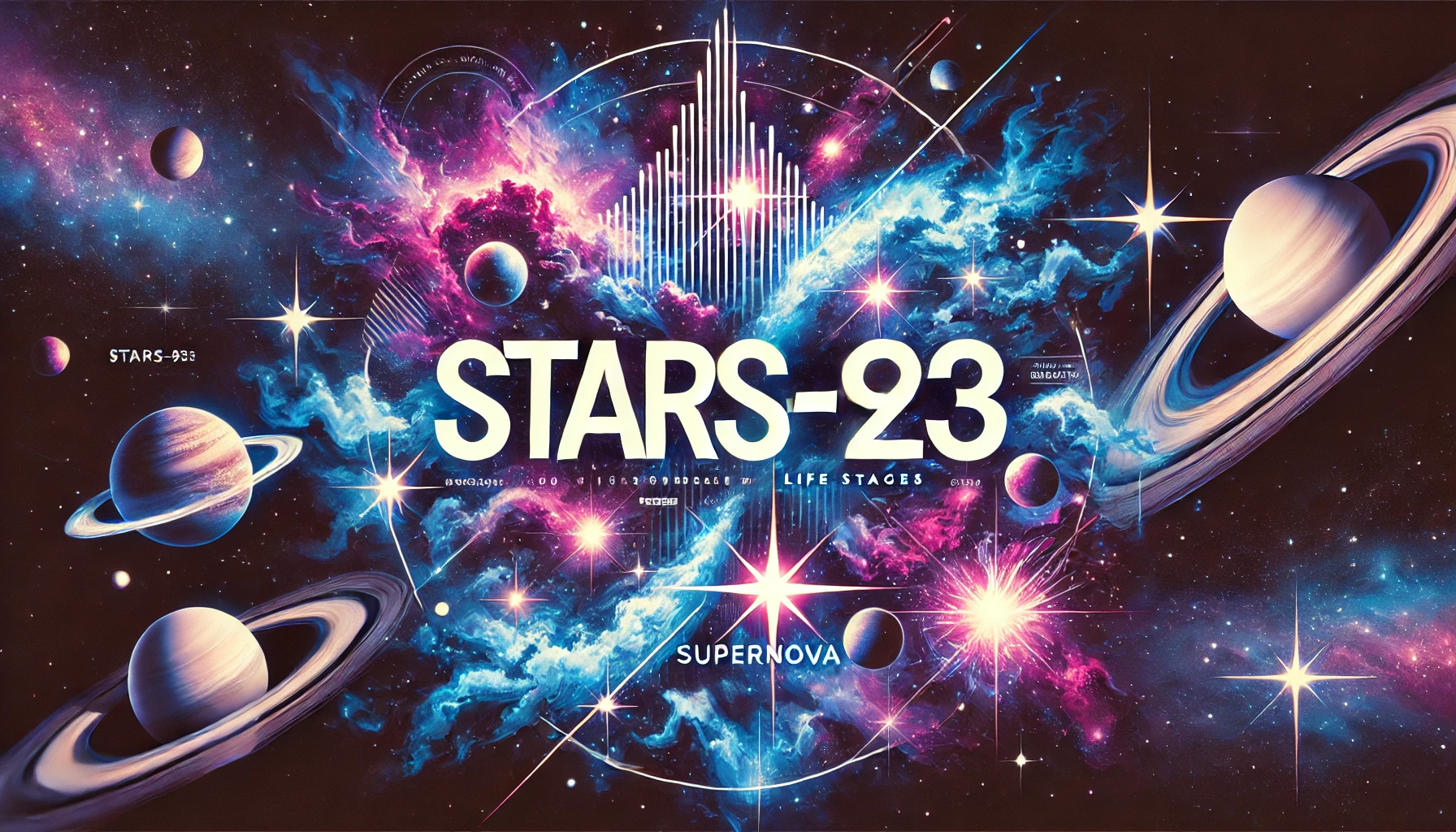Introduction
Space is filled with endless wonders, each more fascinating than the last. Among these celestial mysteries is “Stars-923,” a cosmic enigma that has captured the attention of astronomers, stargazers, and curious minds across the globe. But what is Stars-923? Is it a distant galaxy? A dying star? Or perhaps a signal from an advanced civilization hidden deep within the universe? Let’s dive into the heart of this mysterious phenomenon and unravel the secrets of Stars-923.
What is Stars-923? A Hypothetical Overview
At first glance, Stars-923 sounds like a numerical identifier assigned to a stellar object or phenomenon. It could refer to:
A star cluster discovered within a far-off galaxy
A supernova remnant after a massive star exploded
An astronomical event tracked by space agencies or observatories
A pulsar or quasar, emitting regular signals detected by telescopes
A space-based theory about extraterrestrial phenomena, much like the WOW signal
While the name Stars-923 itself feels like a futuristic or coded reference, it opens the door to multiple exciting possibilities in the realm of astrophysics, cosmology, and even science fiction.
The Life Cycle of Stars: A Glimpse at Cosmic Evolution

To better understand what Stars-923 might represent, let’s revisit the life cycle of stars and how stellar events contribute to the mysteries of the cosmos.
1. Stellar Formation: A Birth from Nebulae
Stars are born within stellar nurseries, known as nebulae, where gas and dust collapse under gravity to form protostars. These embryonic stars ignite through nuclear fusion, beginning their journey on the main sequence of the Hertzsprung-Russell diagram.
Massive stars burn their hydrogen quickly, living for only a few million years.
Smaller stars like our Sun can survive billions of years, providing light and warmth to orbiting planets.
Could Stars-923 be a protostar in its early stages, hidden within a distant nebula? Or is it a newly discovered star cluster, waiting to illuminate the night sky?
2. Main Sequence Stars: The Prime of Stellar Life
Stars spend most of their existence in the main sequence phase, fusing hydrogen into helium. Depending on their size, stars shine at different magnitudes and temperatures.
Blue stars are the hottest, radiating intense light and energy.
Yellow stars like our Sun have moderate lifespans, creating habitable zones for planets.
Red dwarfs are cooler and smaller but can outlive many other stars.
If Stars-923 is a main-sequence star, it might be orbiting within a binary or trinary system, forming a complex celestial ballet with other stars.
3. Death of a Star: Supernova, Black Hole, or White Dwarf?
When a star exhausts its fuel, its death is dramatic. Massive stars explode in a supernova, scattering elements across space. Some remnants form neutron stars or collapse into black holes. Stars with lesser mass end their lives as white dwarfs, slowly cooling over time.
Stars-923 could hint at a supernova event—a burst of energy visible across galaxies. Alternatively, it might refer to a neutron star or pulsar, sending radio waves in precise intervals, which could resemble mysterious cosmic signals.
Stars-923: A Signal or a Cosmic Phenomenon?
One intriguing possibility is that Stars-923 refers to an astronomical signal received from space. In 1977, scientists received a mysterious WOW! signal—a 72-second burst of energy, which remains unexplained to this day. Could Stars-923 be another such signal, hinting at intelligent life beyond Earth?
1. Radio Signals from Distant Pulsars
Pulsars are highly magnetized, rotating neutron stars that emit beams of electromagnetic radiation. When these beams align with Earth, we perceive them as rhythmic signals, almost like cosmic lighthouses.
Stars-923 could be a pulsar detected by astronomers, emitting signals at regular intervals. The timing and pattern of these signals might provide insight into its location and characteristics.
2. Quasars: Beacons from the Early Universe
Quasars are among the most luminous objects in the universe, powered by supermassive black holes at the center of distant galaxies. If Stars-923 is a quasar, it might be billions of years old, offering a glimpse into the early universe.
Extraterrestrial Possibilities: Could Stars-923 Be a Message?
The search for extraterrestrial intelligence (SETI) focuses on finding patterns or signals that might indicate alien civilizations. Some believe that narrow-band radio signals—those unlikely to occur naturally—could point toward intelligent life.
If Stars-923 is a radio burst from an advanced civilization, scientists would analyze the data for patterns. Repeated signals or modulated waves could hint at communication from a distant star system.
How Stars-923 Could Redefine Astronomy
Every new discovery pushes the boundaries of human understanding. If Stars-923 turns out to be a significant celestial object or phenomenon, it could revolutionize astronomy in several ways.
1. A New Class of Stars or Signals?
Stars-923 might introduce a new class of celestial objects, forcing scientists to rethink existing models of stellar evolution or cosmic events.
2. Expanding the Search for Life
If Stars-923 is a signal or anomaly, it could open new avenues in the search for extraterrestrial life. Projects like the James Webb Space Telescope and Breakthrough Listen Initiative would likely focus on it for further investigation.
3. Galactic Navigation Systems
A stable pulsar like Stars-923 could serve as a beacon for future space navigation systems, helping spacecraft navigate vast interstellar distances.
The Role of Technology in Unraveling Cosmic Mysteries
Modern astronomy relies heavily on advanced technology. Instruments like radio telescopes, space probes, and observatories continuously scan the skies, cataloging millions of stars and other celestial bodies.
1. Ground-Based Observatories
Facilities like ALMA (Atacama Large Millimeter/submillimeter Array) and the Very Large Telescope (VLT) have revolutionized our understanding of the cosmos, potentially leading to discoveries like Stars-923.
2. Space-Based Observatories
Telescopes like the Hubble Space Telescope and James Webb Space Telescope allow astronomers to peer deeper into the universe, uncovering objects invisible to the naked eye.
3. AI and Big Data in Astronomy
The vast amount of data generated by telescopes requires AI algorithms to detect patterns and anomalies. Stars-923 could be the result of machine learning models identifying an unusual signal hidden within thousands of datasets.
Conclusion: What’s Next for Stars-923?
The mystery of Stars-923 exemplifies the endless allure of the cosmos. Whether it is a newborn star, a distant quasar, a pulsar sending radio waves, or even an alien signal, Stars-923 invites us to keep exploring. The beauty of astronomy lies in its ability to inspire us to ask new questions and venture into the unknown.
FAQs
1. What is Stars-923?
Stars-923 is a mysterious celestial object or phenomenon, potentially referring to a star, pulsar, or cosmic signal.
2. Could Stars-923 be related to extraterrestrial life?
There is a possibility that Stars-923 is a radio signal or anomaly that hints at extraterrestrial intelligence, similar to the WOW! signal.
3. What instruments are used to study objects like Stars-923?
Astronomers use a combination of ground-based and space-based telescopes, including radio arrays, optical observatories, and AI algorithms.
4. Is Stars-923 visible from Earth?
If Stars-923 is a star or star cluster, it may be observable through powerful telescopes. However, if it’s a signal or anomaly, it would only be detectable through radio telescopes.
5. How does Stars-923 impact future space research?
Discoveries like Stars-923 expand our knowledge of the universe and could influence everything from stellar navigation to the search for extraterrestrial life.
Stars-923 reminds us that the universe is vast, and with every question answered, a new mystery awaits. Whether we see it as a star, signal, or symbol of the unknown, Stars-923 invites us to keep looking up and dreaming beyond the stars.


1 thought on “Unveiling Stars-923: A Journey through the Mysteries of a Cosmic Phenomenon”